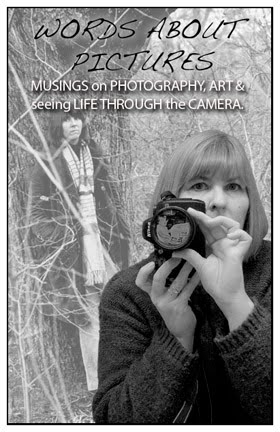 |
| Mama and baby 06-04-2013 |
I wonder about the nesting pair of bald eagles near my house. I wonder how many more seasons they'll be with us. Neighbors who live near the nest have told me that they've been nesting there at least a decade, maybe a little longer. Bald eagles are mature at 4 or 5, which is when they seek a lifelong mate. That would make this pair at least 15 years old. Some sources claim a bald eagle in the wild lives to be about 16 or 17 and others say 20-30 years. In captivity, bald eagles can live to 40 or more years.
This year, it's been more challenging to visit the nest area until the past couple of weeks. There didn't seem to be much nest-building activity when I visited. I thought maybe the pair had decided to move on.
About a month ago, I spotted the papa eagle (yes, there is a way to tell them apart…more later) higher up in the snag tree than I've seen him before. I saw him more frequently and for a longer period of time. Last week,
Ariel (my new photography companion) and I walked down to see what was going on. I photographed papa eagle and visited with one of the neighbors who told me they had moved their nest to a new tree a few hundred feet from the nest they've used for about 10 years.

The next day, we visited the nest area again and another neighbor called me over to his yard. He pointed to a tall tree directly behind his house. There was a huge aerie nestled among branches about a third of the way from the top of the tree. I've photographed these eagles numerous times at the top of this same tree, which gave them a good view of the old nest.
So a new nesting season begins. The new nest has much better lighting, so I'm looking forward to some good views of baby or babies in the next few weeks. Take a look at my blog entries beginning in
April 2013. This is my fourth year photographing this couple and their growing family. Their baby last year didn't make it. There were two babies in 2012 and one in 2011. Their kids from earlier nestings come back to visit, sometimes to the dismay of the parents. And, sometimes, they are welcomed as long as they're just passing through. Please let me know if you have a favorite image or images. I'm gradually adding to my online
Talons Gallery.

 This was the first time I got a good view of one of the babies in early fluff. In the earlier nest, it was harder to spot anything but the tops of their fuzzy heads. Mama and papa take turns watching over their youngsters. I suspected there were two or more. Two of the last four years, there was one baby and one of the parents stayed in the nest until baby was ready to fledge. With two babies, the parents stayed nearby but not in the nest except for feedings.
This was the first time I got a good view of one of the babies in early fluff. In the earlier nest, it was harder to spot anything but the tops of their fuzzy heads. Mama and papa take turns watching over their youngsters. I suspected there were two or more. Two of the last four years, there was one baby and one of the parents stayed in the nest until baby was ready to fledge. With two babies, the parents stayed nearby but not in the nest except for feedings.  This one small space is where I've managed to spot one of the parents feeding baby. I suspected there might be another baby because she looked like she was feeding another just out of sight.
This one small space is where I've managed to spot one of the parents feeding baby. I suspected there might be another baby because she looked like she was feeding another just out of sight. 












